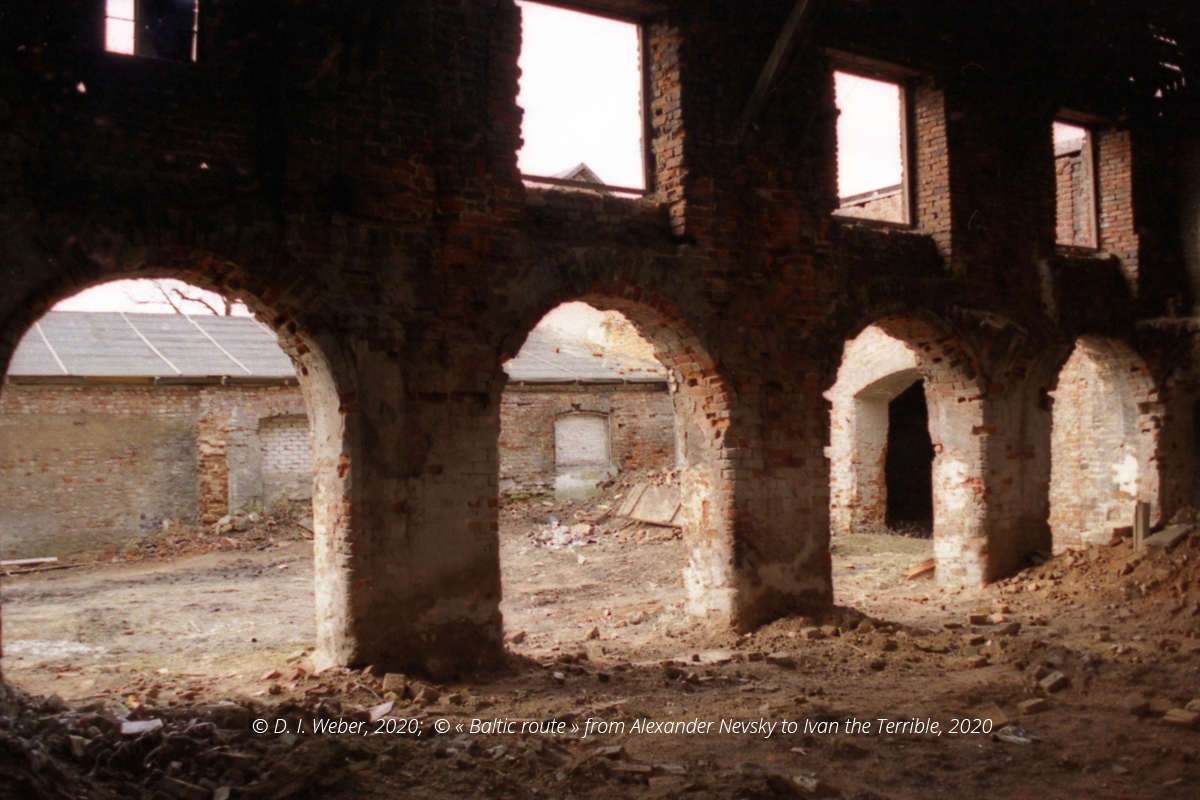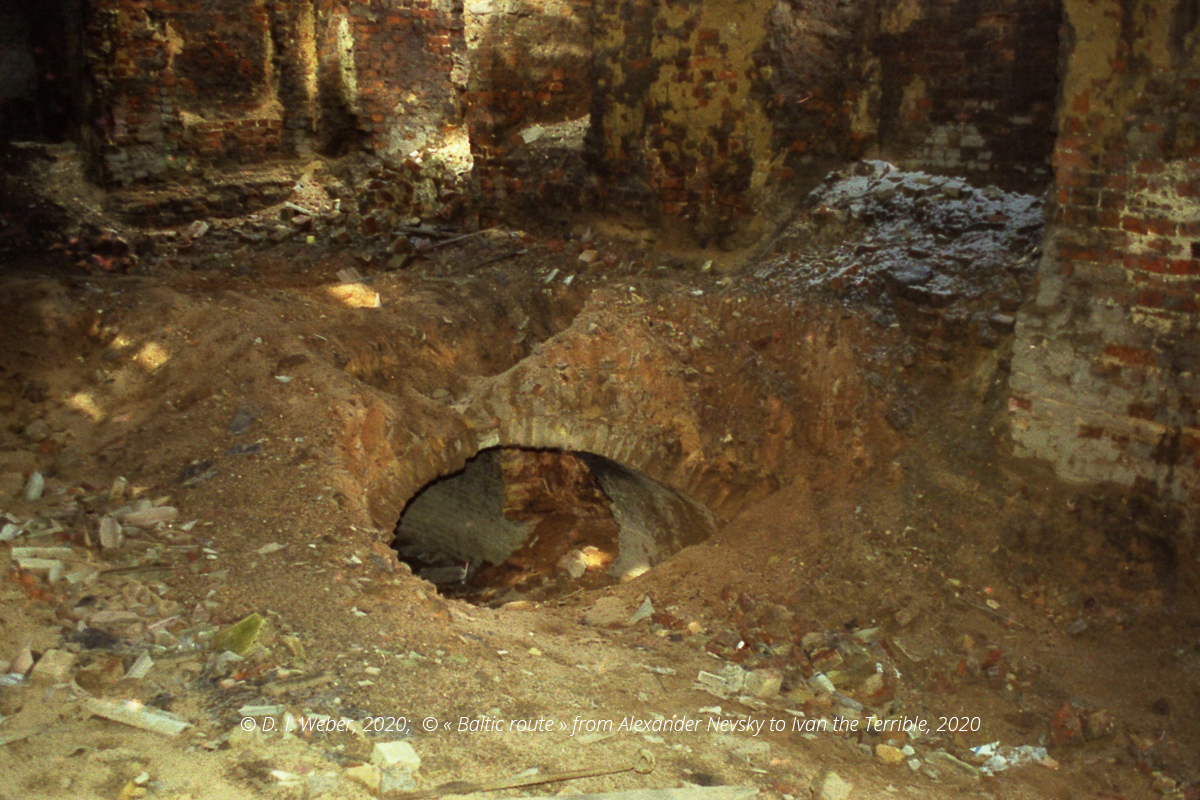Tilsit Castle in Sovetsk
(55.081172, 21.907755)

Tilsit was first mentioned in Order chronicles in 1385, as a bridgehead for expeditions into Lithuania. It was founded on the site of the old ramparts, near the confluence of the Tilze River (modern-day Tylza) and the Memel River (modern-day Neman) in 1404 as a border stronghold. The town is situated on the Lithuanian border, but nowadays it is bordering the Republic of Lithuania.
The construction of the castle began under the ruling of Grand Master Konrad von Jungingen, which is proved, among others, by the agreement of 1406 with Hans Bolle of Danzig, bricklayer.
At the end of 1404, works to prepare the site for construction started. The contract of 1406 between Grandmaster Konrad von Jungingen and the stonemason Hannus Bolle of Danzig was preserved. The endeavourwas continued under Ulrich von Jungingen, the younger brother of the previous master. The work was supervised by the architect Nikolaus Fellenstein. Tilsit Castle served as a pfleger and guardian of the northern Prussian border. The castle was damaged during the siege of 1411, but was later repaired and strengthened. A large settlement with a market place and a Franciscan monastery was established nearby.
After the secularisation of the Order, Tilsit Castle was used as the seat of the burgrave and the settlement received urban rights from Duke Albrecht in 1552. In 1805, the castle was sold at auction and became a private property. Since 1820 the town court was located there. By that time the building had become dilapidated. Later on, various industrial buildings were occupied, for example, in 1844 there was a machine factory here. After a fire in 1876 the site was given over to a lime factory. After 1945 Tilsit Castle continued to be used as a lime factory, but was abandoned at the end of the 1980s. In 1995, it was sold to a private individual for demolition. There were plans to build garages in its place. In 2000, the public decided to preserve the remains of the castle. By this time, the walls of the main annex with collapsed vaulted ceilings and the heavily rebuilt western annex remain partially intact.



D. I. Veber
Tags: castles and fortresses, 13 century, Teutonic Order (Prussia), The paths of the Teutonic knights: Livonia in the 13th century, Teutonic knights

 English (United Kingdom)
English (United Kingdom)  Russian (Russia)
Russian (Russia) 


























